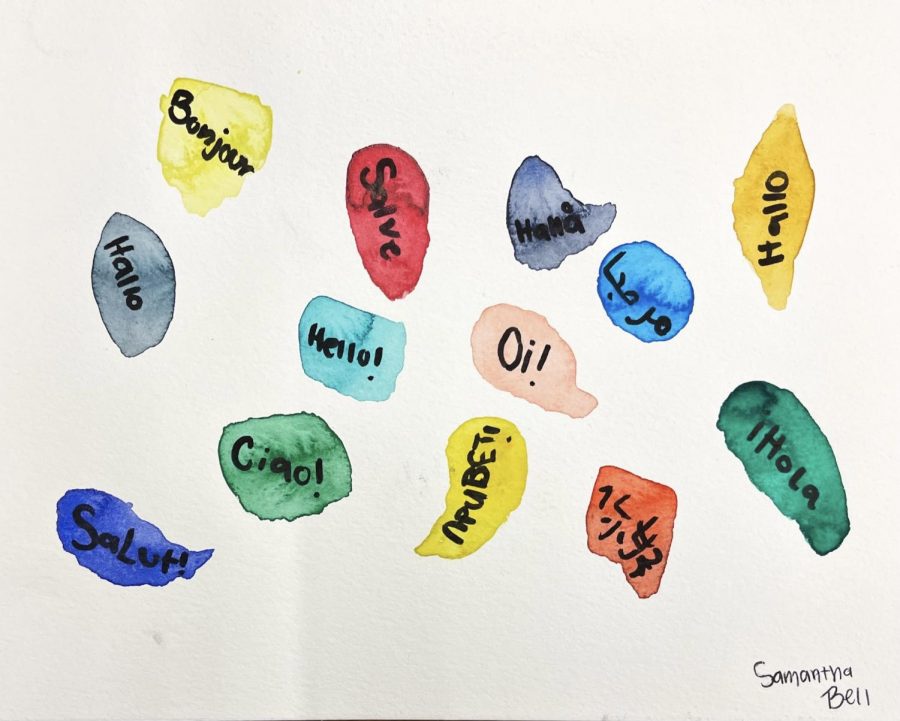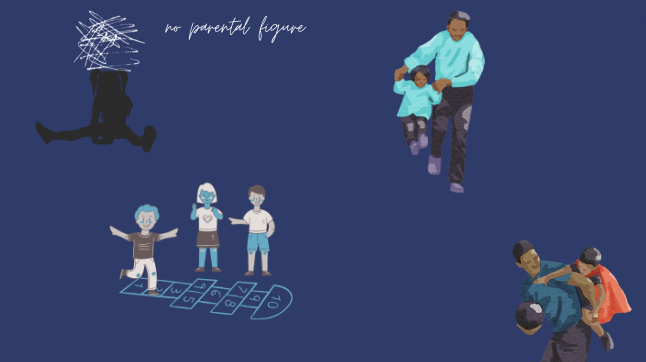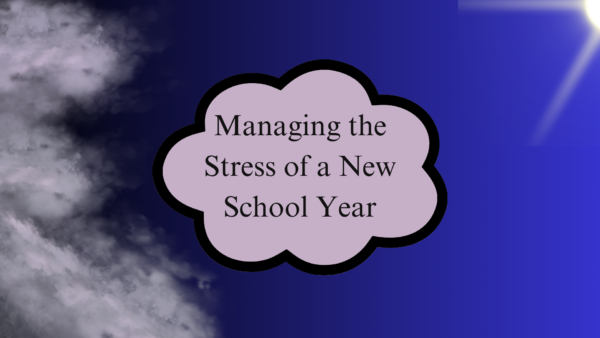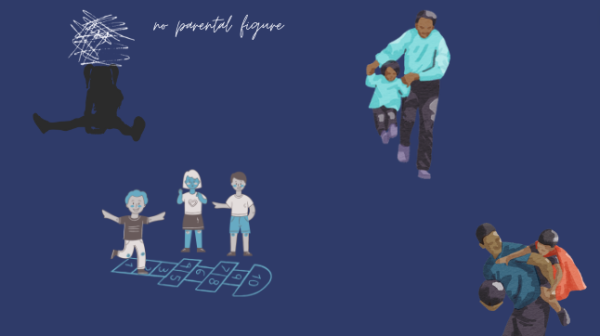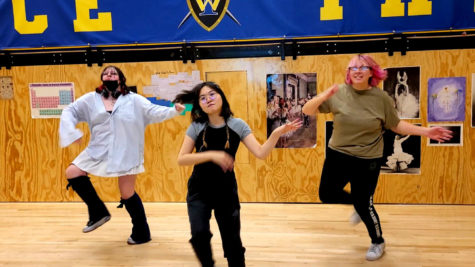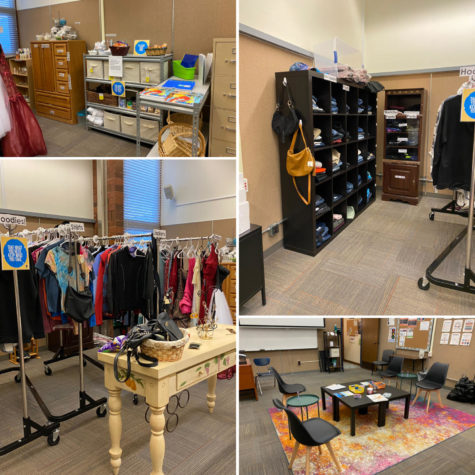Learning a secondary language in schools
March 8, 2021
Schools all over the country offer world language classes, but why? World languages have many benefits and some students take advantage of this for a variety of reasons. Some take them for the credit, others because their parents signed them up for it, and some because they want to use it in their future.
A number of students at Taylorsville have been taking dual immersion or also known as “bridge” world language classes. The elementary schools that feed into Taylorsville offer either Spanish dual immersion or Chinese dual immersion (depending on the elementary school).For the bridge students, half of the day was spent learning English and the other half the world language. But not all students took these bridge classes so students can take traditional Spanish, Chinese, and even French classes.
Senior Maddie Hansen is a Chinese Dual Immersion student and has been learning Chinese since elementary school. One of the reasons Hansen is still pursuing Chinese is “to be able to learn [about] another culture.”
But, not all students have been learning either Spanish or Chinese since elementary school. Some have just been taking them throughout high school. Senior Jennifer Abby has been learning French all three years of high school. Unlike the dual immersion students, she does not believe that she could hold a conversation in French, and took the class because she thought it was cool.
Research done by linguistic researchers at Cornell University shows that the most effective way for a person to learn a second language is through total immersion. Students taking traditional language classes often don’t get to learn the culture, as well as those in the dual immersion classes do. “In the Bridge courses, students do a deep, intellectual study of culture and identity in the target language,” said AP Spanish instructor Ryan Wells. In the Bridge Program, college courses following an AP language exam, students get to dive into the culture versus the traditional course selection of learning basic sentence structure.
These classes aren’t only helping a student’s mind expand now, but many students will be able to use their learned language to their advantage throughout life. Junior Leena Bath wants to go into business and thinks that “it would be really cool to partner with Chinese businesses and communicate with them” in Chinese and use her past education to further herself in the business world. Other students like sophomore Sophia Baldridge can see themselves traveling to Spanish-speaking countries and using their dual immersion language skills that way.
Do students really learn a language through school? Can they speak their learned language fluently and hold a conversation? Only dual immersion students answered yes to being able to hold a conversation in their learned language.This can be because “the earlier that a child learns a second language, they say, the more likely the child will more quickly attain nativelike language proficiency” according to Cornell University. The students had been immersed in the learned language everyday for a number of years, better helping them retain knowledge learned.
Can students truly learn a language through traditional language classes, or will dual immersion do a better job at helping students become fluent?

